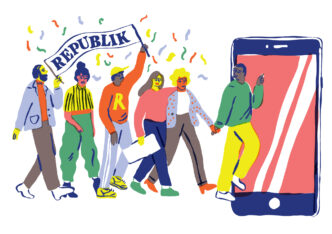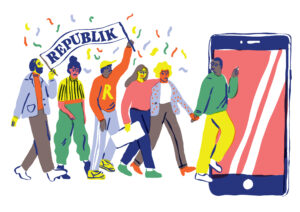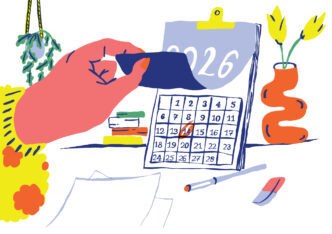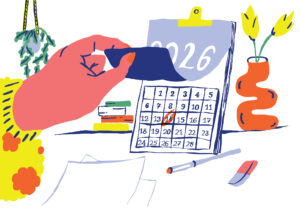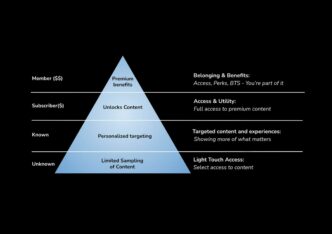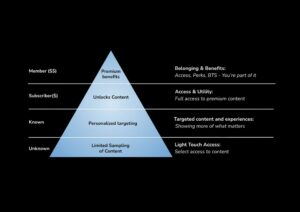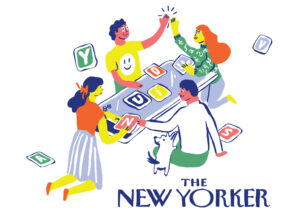

At the recent ACE Subscription Summit in London, Louise Ioannou, Publisher of National Geographic Kids, and I took to the stage to share our hot take – that new cancellation laws aren’t a threat, they’re an opportunity. In fact, simple unsubscription is a necessary foundation for building trust, improving CX, and ultimately turning your pool of ex-subscribers into your biggest future growth opportunity.
Hot Take: New cancellation laws aren’t a threat; they’re an opportunity.
For years, the cancellation journey for many subscription publishers has been characterized by “dark patterns”—hidden buttons, forced phone calls, and confusing interfaces. The goal was simple: frustrate the user just enough to keep them paying for another month.
However, as the Audiencers’ community knows, this approach is short-sighted and actively damages the long-term relationship with the customer. Now, with tightening regulations like France’s “3-click rule” and the UK’s Digital Markets, Competition and Consumers (DMCC) Act, publishers are being forced to simplify. But what if this regulatory push is exactly what the subscription industry needs to unlock its next phase of sustainable growth?
National Geographic Kids and its commitment to radical transparency is a great example in practice, showing that making it easy to leave is the most effective way to encourage a subscriber to come back.
The flaw in the ‘Hard Cancel’ mentality
The traditional cancellation thinking focuses purely on the “save rate” at the moment of exit, ignoring the collateral damage.
Before Nat Geo Kids embraced transparency, their internal metrics told a contradictory story:
- The official retention rates looked good.
- But their customer experience (CX) was less successful: inbound email complaints were high, Trustpilot scores had dropped to 3.9, and the in-house CX team was deeply frustrated.
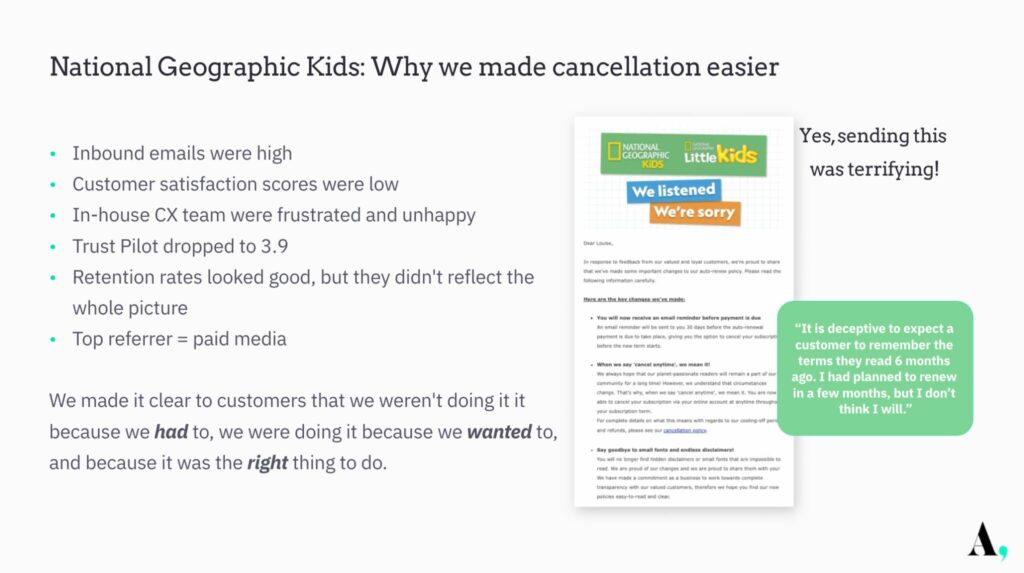
One customer encapsulated the problem, stating, “It is deceptive to expect a customer to remember the terms they read 6 months ago. I had planned to renew in a few months, but I don’t think I will.”
The false retention gained by these friction points is offset by massive, hidden costs: damaged brand reputation, increased resources spent on frustrated call centres teams, and the destruction of the win-back potential.
Redefining retention: the power of an easy exit
Instead of fighting the inevitable, publishers should view an easy exit as a long-term loyalty strategy. The data is unequivocal: exit design is retention design.
- Win-Back and Future Acquisition: Data shows that 46% of those who deemed cancellation an easy process were more likely to rejoin in the future. Furthermore, a consumer study found that 67% of consumers would “more readily purchase new subscriptions if they thought those subscriptions could be cancelled easily.” This proves that perceived friction at the end of the journey is a major deterrent to new acquisition.
- The Cost-Saving Dividend: Implementing a seamless online cancellation journey—even replacing a “call-to-cancel” policy, as the Financial Times found—can result in no negative impact on overall cancellation performance, while significantly reducing the need for costly call centre resources. Retention, after all, is the engine of a profitable business. A mere 5% increase in customer retention can increase revenue by 25-95%.
- The Power of Pause: Providing flexible alternatives is key. Data suggests that 79% of customers want pause options, and 58% have actually chosen to pause instead of cancelling in the past year, highlighting that many churn events are temporary needs (e.g., lack of time or affordability), not a permanent rejection of the product.
A philosophical shift is needed to move retention beyond the transactional moment of a “save” to the long-term goal of fostering a “forever relationship.”
Nat Geo Kids: transparency & transformation
Nat Geo Kids recognized that their perceived retention was built on customer frustration. In response, they made several bold changes to their print magazine subscription business:
- Transparent Auto-Renewals: They eliminated small fonts and hidden disclaimers, sending a pre-payment warning email 30 days before renewal.
- True “Cancel Anytime”: They implemented an easy-to-cancel, self-serve option at the customer account level, eliminating the need to call or email.
- Positive CX: They applied a transparent 14-day cooling-off period to all renewals, showing a clear commitment to fairness.
The results measured success beyond the save rate
By prioritizing a positive final impression, Nat Geo Kids saw significant operational and customer sentiment wins that drove real growth:
| Metric | Before transparency | After transparency |
| TrustPilot Score | 3.9 | 4.7 |
| Customer Satisfaction Score | Low | 95% |
| Top Referrer | Paid Media | Friend or Family Member |
| Inbound Email Complaints | High – with response times of up to one week | Significantly Reduced with response times of 4 hours |
| Win-Back CVR (on two weeks prior to expiry campaign) | N/A* | 41% (with 58% open rate) |
| Payment Fails | High | Reduced by 51% |
*note from Louise at Nat Geo Kids: “Prior to easy cancellation, we didn’t have the same level of foresight as we didn’t know when and how many people would cancel, and when! Winback rates in normal campaign periods was around 8% CVR”
By simply making the cancellation process respectful and transparent, they dramatically reduced operational costs (fewer emails, faster response times) and created a powerful growth engine through high Net Promoter Scores (NPS) and word-of-mouth. Their new top referrer—a friend or family member—is proof that a positive final experience is a powerful acquisition tool. For a title like Nat Geo Kids, whose primary cancellation reason is “Outgrown,” creating a positive experience ensures parents recommend the brand to other families.
And it doesn’t stop there, empowering customers to manage their own subscriptions has given Nat Geo Kids far greater control too. New subscribers are encouraged to create online accounts where they can easily cancel, update their address, or refresh payment details. A 30-day pre-expiry email directs them to these options with clear instructions, resulting in a 51% reduction in payment failures, significantly lowering lost revenue and refund fees. If a customer chooses to cancel, a personalised two-week winback email is automatically triggered at account level—achieving a considerably higher CVR than standard winback campaigns. This simple, automated journey has become a highly effective lapse-prevention strategy, offering greater foresight and control following DMCCA implementation.
The Recency Effect: the key to win-back
The success of Nat Geo Kids’ win-back can be explained by the psychological phenomenon known as the Recency Effect (part of Hermann Ebbinghaus’s work on memory). Customers tend to recall their experiences at the start of a relationship and their most recent experiences. If the last touchpoint is a frustrating, confusing dark-pattern experience, that negative memory becomes the primary emotional anchor associated with your brand, making them actively resistant to returning. If the last interaction is clean, easy, and respectful—as in the Nat Geo Kids model—the door is left wide open.

This positive memory, combined with targeted win-back campaigns (Nat Geo Kids saw a 58% win-back email open rate), ensures that when circumstances change (e.g., they have more disposable income or their child is ready for the magazine again), the publisher is the clear first choice.
Cancellation is just one step
While optimizing the exit path is essential, the Nat Geo Kids success story confirms that cancellation is merely one stage in a longer retention funnel—a funnel that begins the moment a subscriber joins. You cannot rely on a great off-boarding experience to fix a broken product or value proposition.
Nat Geo Kids builds value through proactive touchpoints, ensuring that by the time a customer reaches the cancellation point, they have already experienced significant value and connection.
Their strategy focuses on:
- Onboarding and ‘First Moments’: Immediately integrating new subscribers with a Welcome Series and communicating the full range of Subscriber Benefits and ‘Club’ Perks, such as the Junior Explorers Club. This helps build an instant sense of community and value.
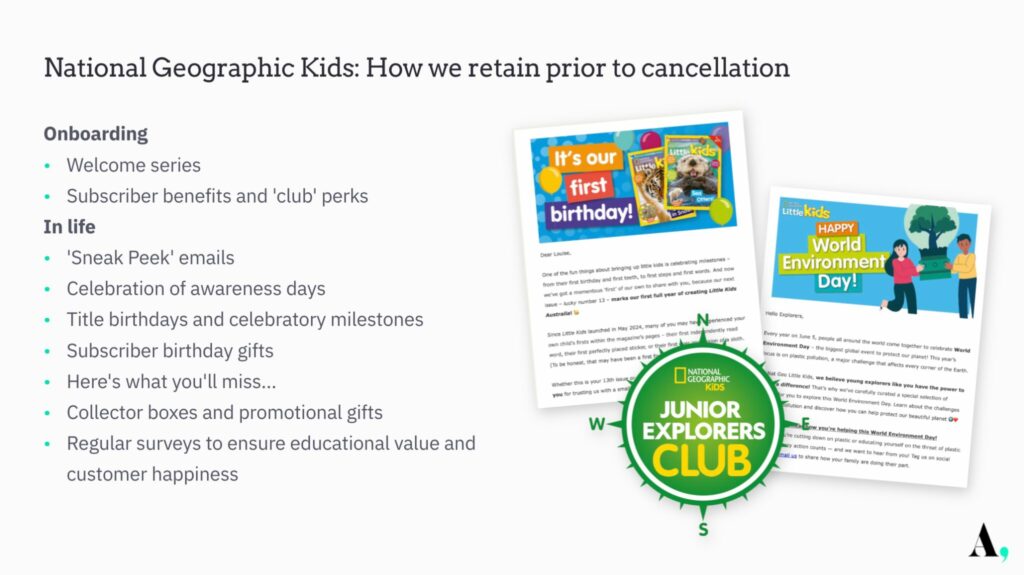
- Sustaining Engagement (‘In Life’): To combat the “bits in the middle are remembered less” phenomenon, Nat Geo Kids uses celebratory milestones to reinforce the relationship beyond the print magazine. This includes sending ‘Sneak Peek’ emails to enhance educational value and tap into shared moments, celebrating Title Birthdays (e.g., the magazine’s first birthday) to make them feel a part of their journey, and sending personalized Subscriber Birthday Gifts that doubles up as a loyalty reward, and valuable data collection for the brand. They also actively seek feedback through Regular Surveys and NPS scores, to ensure customer happiness is maintained and content provides educational value.
- Prevention (At Risk): The proactive steps, like clear pre-payment warnings, are part of the prevention strategy. By providing clear value throughout the journey and gathering continuous feedback, they catch potential issues long before the subscriber enters the cancellation flow.
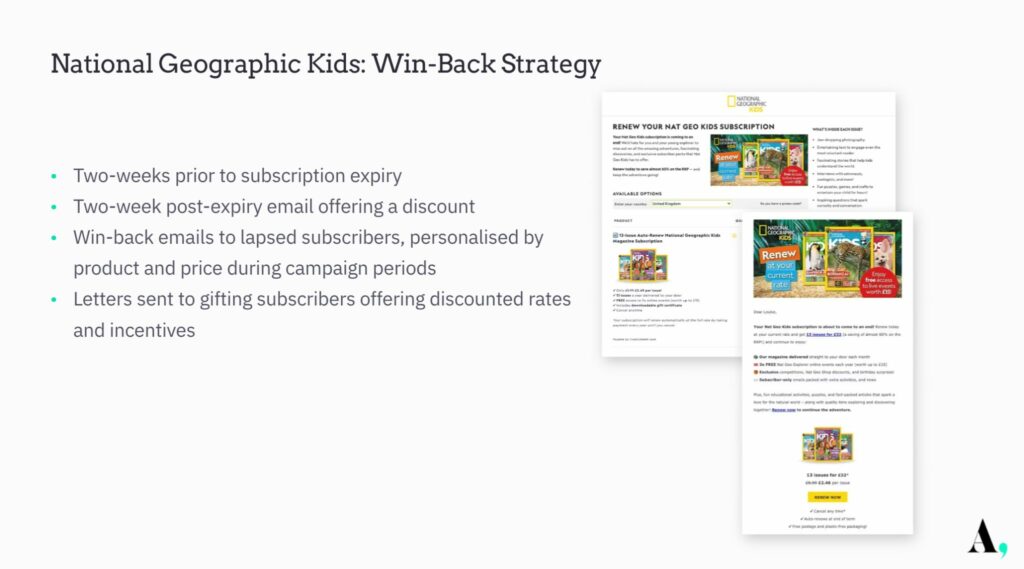
The final moments of the journey—asking the user why they are leaving to inform save offers, ensuring a clean break, and following up with win-back campaigns—are critical, but they only work if the foundation of value and trust was laid from day one.
For publishers, the question is no longer if you should simplify cancellation, but how quickly you can pivot your strategy to embrace it. It is the necessary foundation for building trust, improving CX, and ultimately turning your pool of ex-subscribers into your biggest future growth opportunity.

